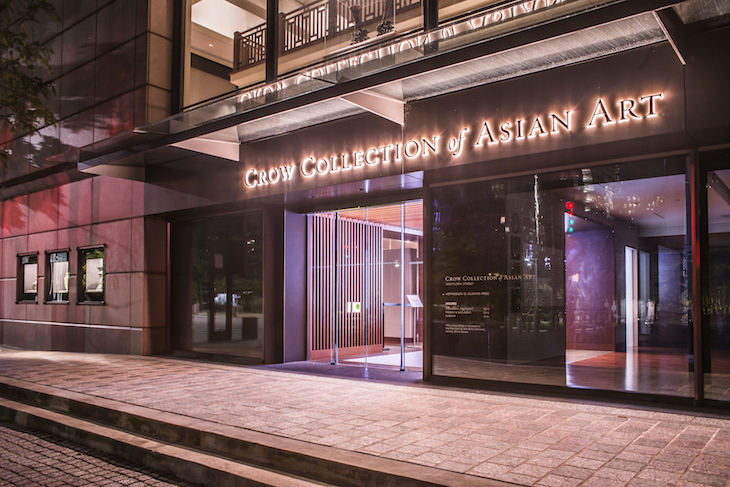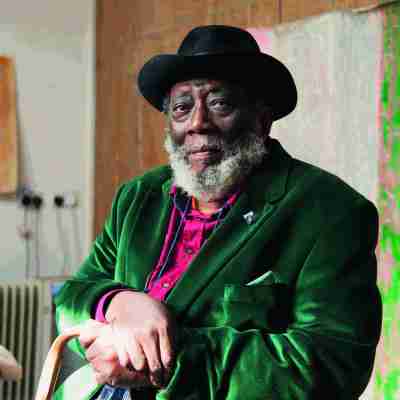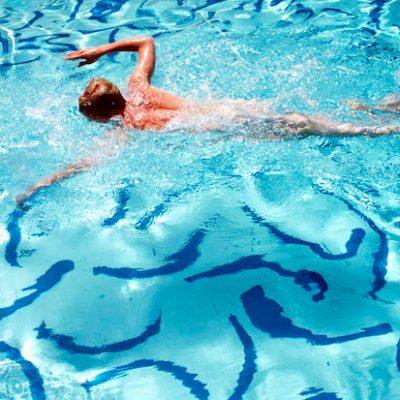Our daily round-up of news from the art world
Large Asian art collection donated to the University of Texas at Dallas | The Crow family has donated the entire collection of the Crow Museum of Asian Art, as well as $23m in funding, to the University of Texas at Dallas. The museum will continue to operate from its current location in downtown Dallas, while a new museum is built on the university campus. The University of Texas at Dallas is also currently building a new museum for Swiss art to house the Barrett collection of more than 400 works, which it acquired last November.
Apichatpong Weerasethakul win Artes Mundi prize | The Thai film-maker has become the eighth recipient of the Artes Mundi prize. Best known for his feature films, one of which won the Palme d’Or at Cannes in 2010, Weerasethakul was awarded this year’s for Invisibility – a 12-minute film about perception and memory. The biennial award comes with prize money of £40,000; previous winners include John Akomfrah, Theaster Gates and Teresa Margolles.
New Museum workers vote to unionise | Employees at the New Museum in New York have voted to join the national autoworkers union, the New York Times reports. The museum management had been criticised earlier this week after hiring a company describing itself as ‘a team of experienced union avoidance consultants’. In a statement after the vote on Thursday (24 January), the museum said: ‘We respect [the employees’] decision, and will move forward in good faith.’
Van Gogh’s Sunflowers will no longer leave Amsterdam | The Van Gogh Museum has announced that, due to the fragility of the work, its version of Van Gogh’s Sunflowers will no longer be lent to other institutions. During an extensive recent conservation, experts declared that the painting is ‘very sensitive to vibrations and changes in humidity in temperature’. To find out more about the conservation of the painting, read Jennifer Mass’s article from last June here.
Recommended reading | In The Guardian, Rachel Whiteread explains to Charlotte Higgins why she ‘felt like an injured bird’ after creating her famous House sculpture in 1994. In ARTnews, Rahel Aima considers a range of recent shows in New York presenting the fleshier side of video art.



